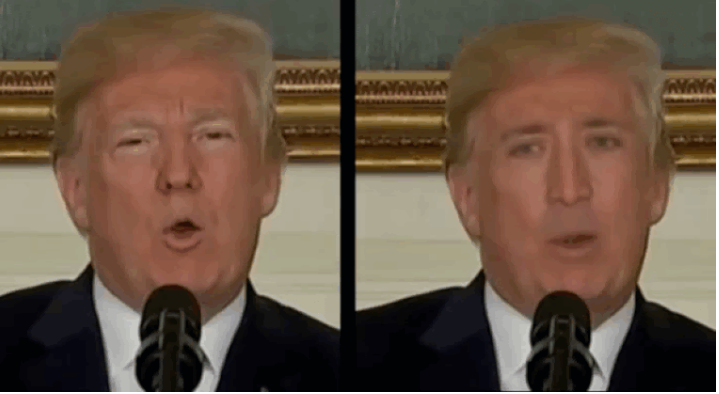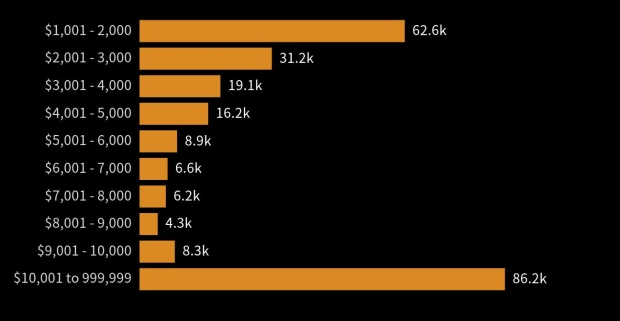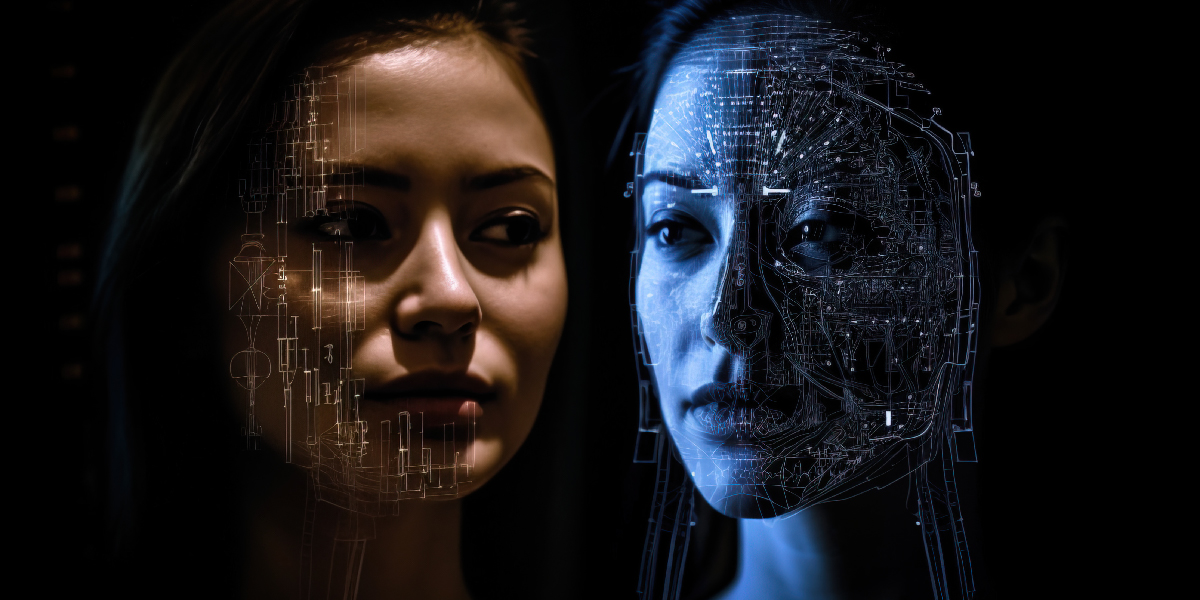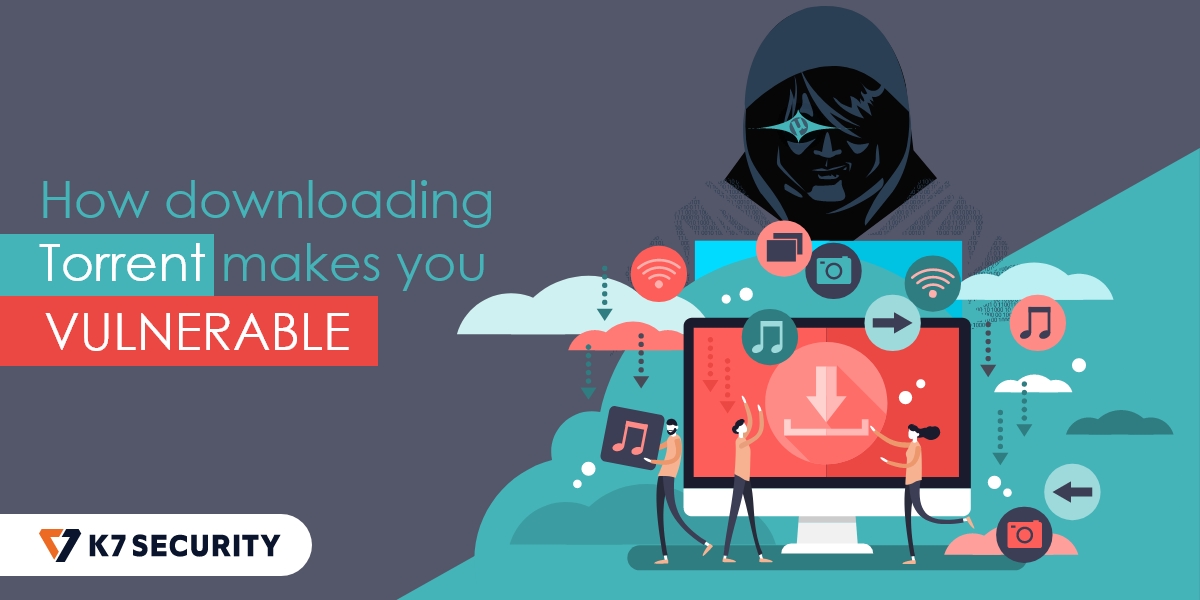The Growing Threat of Deepfake Videos in Pornography and Scams
Deepfake videos have become a significant concern, particularly in the pornography category, where individuals’ faces are superimposed onto explicit content without their consent. However, the use of deepfake technology is not limited to pornography, as hacktivists, scamsters, and disinformation promoters are increasingly utilising it for their agendas.
One alarming trend is the creation of fake videos featuring well-known business figures like Ratan Tata and Narayan Murthy or celebrities like Priyanka Chopra to promote investment-related scam apps, posing a severe threat to unsuspecting amateur investors with disposable income, as they may be lured into fraudulent schemes. A recent deepfake video has surfaced featuring Taylor Swift promoting a cookware brand that supposedly offers free cookware sets in exchange for minimal shipping fees. The questionable endorsement is likely unbeknownst to Taylor Swift, but it highlights the potential for new waves of scams on social media platforms as technology advances.

The Taylor Swift deepfake is a burnt offering to the power of deepfakes.
The Illusion of Truth: Unveiling the Dark Side of Deepfakes
Deepfakes leverage the power of deep learning, a cutting-edge AI technique, to seamlessly blend reality with fabrication. Think of it as a supercharged version of your standard photo editing, capable of morphing faces into real-life-looking videos, mimicking voices, and crafting text that reads like a specific person wrote it.
There are several methods for creating deepfakes, with technologies like generative adversarial networks (GAN) and AI algorithms called encoders being the most popular. These methods enable the creation of fake images and videos that are increasingly difficult to distinguish from reality. However, generating deepfake videos from scratch has become easy because of the availability of free and inexpensive tools all over the internet. While some are still freely available for uncanny research, some offer their services in exchange for a few dollars.
[Go through this blog to learn the nitty-gritty of the deepfake technology]
Deepfake: The Global Impact
The potential for malicious use of deepfake is a significant concern. Various hacktivists and terrorist organisations are increasingly leveraging deepfake technology to incite panic among the public.
In the ongoing Israel–Hamas conflict, deepfake videos have been used to propagate false information, such as an image of a baby in the rubble of destroyed buildings in Gaza, which turned out to be a fake image widely used by anti-Israel protestors.

Declaration of Independence? Source: Albany University
The impact of deepfake technology extends beyond political manipulation, as cybercriminals are using it to perpetrate highly advanced attacks, such as vishing, combined with voice cloning. In one latest instance, a mother was tricked into believing her daughter had been kidnapped after hearing her desperate cries for help over the phone, which were artificially replicated. Another case involved attackers impersonating a CEO using deepfake audio to deceive an employee into transferring millions of dollars to fraudsters.

Deepfake based imposter scam statistics. Source: FTC
The influence of deepfake technology is not solely based on the quality of the fakes but also on the ability to spray them widely and capitalise on their viral potential, mainly through social media platforms. It has led to real-world consequences, such as the spread of synthetic images of the Pentagon in flames, which caused a sharp drop in the stock market.
Deepfakes can also be used to create fake endorsements, fabricate scandals, and erode public trust in legitimate political discourse, which can have a chilling effect on the masses, changing narratives and ultimately leading to a society where truth and reality become increasingly difficult to discern.
Your defences against deepfakes
Deepfakes, the highly realistic digital forgeries, are pervasive across the internet. From impersonating celebrities to spreading fake news, they can be difficult to detect and even more challenging to combat. But fear not, truth seekers! Here are six quick tips to navigate the era of deepfakes:
- Think Before You Click: Avoid being swayed by sensational headlines or well-timed “leaks.” Take a moment, verify the source, and look for inconsistencies. Does the audio match the video? Are there unusual shadows? If something seems suspicious, it likely is.
- Fact-Check Like a Pro: Don’t unquestioningly trust content on social media—Utilise fact-checking websites and tools to confirm claims and information. Even trusted individuals can fall victim to a convincing deepfake.
- Investigate the Source: Delve into the origins of videos and images. Examine the uploader’s history, search for editing signs, and check if it’s been shared on reputable platforms. Following the trail can lead to the truth.
- Be Wary of Perfection: No one is flawless, not even celebrities. If something appears too perfect, it probably is. Watch for overly smooth skin, unnatural movements, and uncanny lip-syncing.
- Embrace the Unusual: Sometimes, spotting a deepfake involves identifying inconsistencies. Glitches, awkward pauses, and sudden lighting changes can raise red flags. Remember, reality is often messier than a deepfake.
- Spread Awareness: Help others become adept at identifying deepfakes! Share these tips with friends and family, and report any suspicious content online. Together, we can fortify a barrier of truth against digital deception.
We can outsmart deepfakes and maintain a safe and trustworthy online environment by remaining vigilant and thinking critically. Remember, truth is a shield – hold it high and let scepticism guide the way.
Please note, Indian Minister of State for Electronics and Information Technology, Rajeev Chandrasekhar, informed social media companies on January 11, 2024, that the government would be introducing amendments to the IT Rules in the next seven to 10 days, which would lay down rules on deepfakes. The minister purportedly cited the companies’ inaction on such content as the reason for the government’s intervention.










